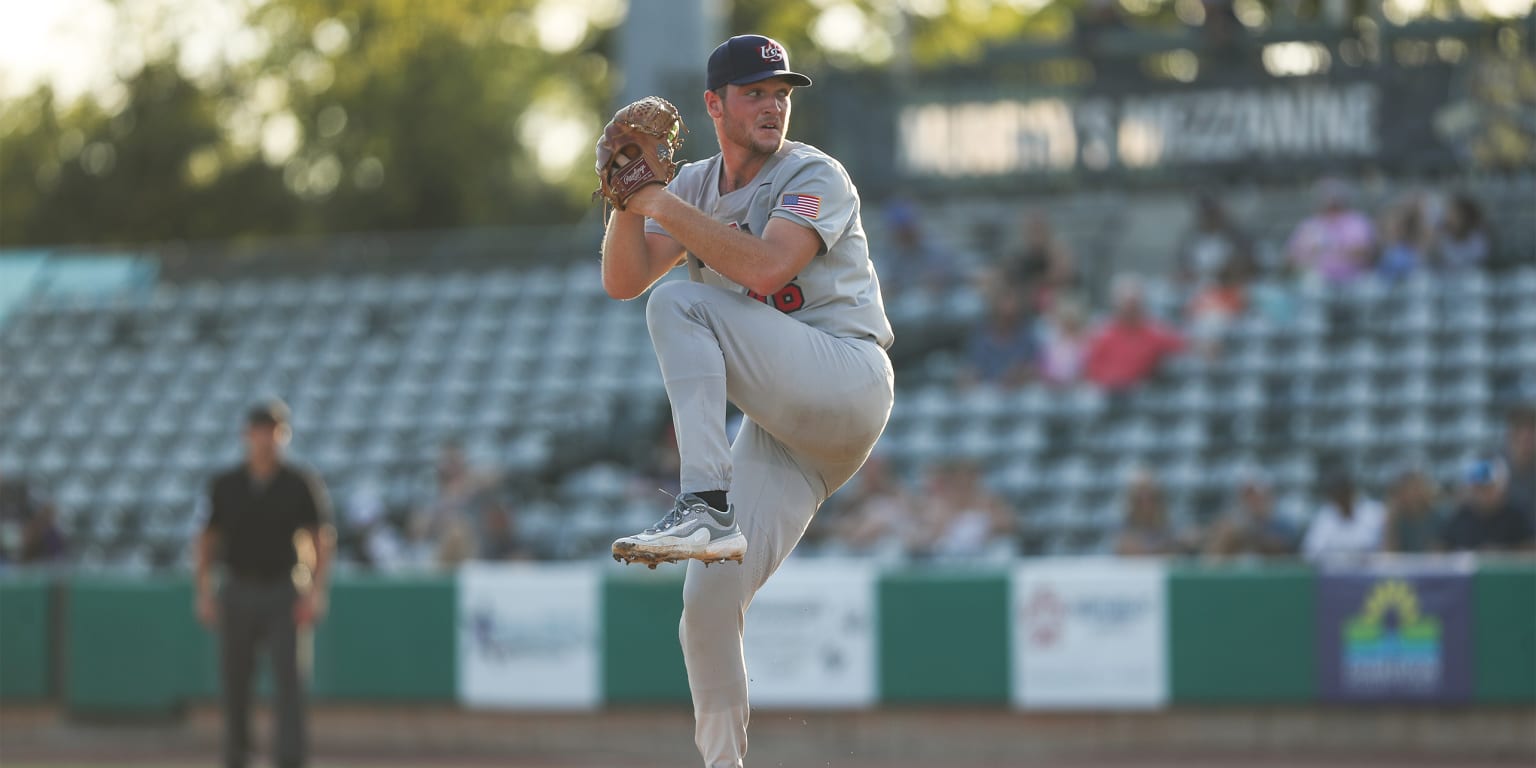Football
With Australia’s national teams riding high, why is the A-League on the brink of collapse?
A huge number of football teams have “united” in their name.
It’s no accident, and not just because Manchester United sounds a lot better than Manchester Divided (even if that is the reality in that city when it comes to footballing loyalties).
It all comes back to the age-old saying, “united we stand, divided we fall”.
Given this, perhaps it doesn’t require hindsight to question the wisdom of the A-League splitting from Football Australia on New Year’s Eve 2020.
Like a lot of things that happen on New Year’s Eve, it seems to have ended in a painful hangover and some deep regrets for many of those involved.
Club owners and private equity bleeding cash
As a starting point, take the club owners.
Desperate to be free of Football Australia’s domination, the owners were a driving force behind the divorce, which, like most separations, was far from amicable at times.
But a combination of COVID, a broadcast deal with performance targets that haven’t been met (in part because the broadcaster’s streaming service lacks basic user features others have had for years), and the expensive — and now largely abandoned — rollout of a digital platform tens of millions of dollars in the making have left the Australian Professional Leagues (APL), and the clubs reliant on it, in a massive financial hole.
Owners are facing a central distribution reportedly as low as half a million dollars, equivalent to roughly the minimum player payments for their A-League Women’s teams alone, and as little as a fifth of what they initially expected.
The saving grace for some A-League teams — those savvy enough to have invested heavily in their youth academies — is a steady stream of homegrown talent being sold overseas for big bucks.
Sydney FC just broke its transfer record selling academy product Jake Girdwood-Reich to a US Major League Soccer (MLS) team, reportedly for a fee of at least $1.3 million — or more than twice what it can expect to get from its share of the broadcast deal.
Adelaide United starlet Nestory Irankunda is off to Bayern Munich for a reported $1.75 million, while Melbourne City duo Jordan Bos and Marco Tilio both transferred overseas for $2 million-plus fees last year, breaking Australian transfer records in the process.
It is believed A-League clubs collectively have pulled in around $15 million from player sales in a record-breaking year.
But, instead of being the cream that repays the owners’ massive outlays, such player sales are increasingly the bread and butter that’s keeping clubs alive.
Private equity firm Silver Lake — certainly no stranger to football with its large minority stake in the City Football Group controlled by Abu Dhabi’s Sheikh Mansour bin Zayed Al Nahyan — purchased a third of the Australian Professional Leagues for $140 million in 2021.
It must be another questioning its decision to hitch itself to the APL, which bills itself as “a sport and media entertainment business that operates, markets and commercialises Australia and New Zealand’s professional domestic men’s and women’s football competitions.”
“Operates” rings true — the leagues, men’s and women’s, have been run and won every year under the APL’s control, but “markets” and certainly “commercialises” look far more dubious amid flagging attendances (at least for the men) and mounting losses.
Football Australia emerged with the golden children
In the end, it seems the winner from the divorce settlement is Football Australia.
The historically maligned administrator of the world game in Australia took sole custody of football’s golden children, the Matildas and Socceroos, and did so right before both achieved their best ever performances on the global stage.
The Matildas, in particular, inspired the country with their run to the World Cup semi-finals on home soil, achieving the biggest estimated broadcast audience for a single sporting event since Cathy Freeman won gold at the Sydney Olympics.
Soon Australia will host the women’s Asian Cup, with the Matildas red hot favourites.
While the appeal may not be World Cup level, broadcasters expect more big audiences and are willing to pay for them, with Football Australia tipped to receive $200 million over the next four years, mainly for the rights to show Matildas and Socceroos games.
With the separation of the game, the A-Leagues won’t get a share of that cash.
Could a second-tier backstop a failing A-League?
Instead, Football Australia is using some of the money to push ahead with its plans for a national second-tier professional league.
The ultimate aim is to build it to a point where the best performing of those teams can be promoted to the A-League, while the top tier’s stragglers have to earn a return to the top table by performing in the second division.
Bruce Djite is a former Socceroo and A-League Mens player with a business degree who served as Adelaide United’s director of football and is now an executive director at the Property Council of Australia.
He can’t yet see the financials stacking up for promotion and relegation.
“If you look at the MLS, they’ve got about 38 teams, I think, now [and] still no promotion or relegation there,” he told ABC’s The Business program.
“So we’re a fair way off. And the MLS is a very, very healthy league with significant pools of capital from their ownership groups.”
But, with the A-League and several of its clubs teetering on the edge of financial viability, is there a chance that Football Australia’s creation of a second division is also a backstop to ensure the continuation of a national professional competition if the APL falls over?
Djite doubts that, but he does believe the time for a reunion between Football Australia and the APL is fast approaching.
“Football Australia has never been stronger. The A-League has never been weaker.
“They’ve never been in a more precarious position. There really needs to be a lot of soul searching in order to right that ship.
“But, in five years time, if the game was operating as one, I think it would be in the strongest possible place.”
APL left in charge of football’s problem child
Professor Tim Harcourt, an economist from UTS who is writing a book called “Footynomics and the Business of Sport” agrees that the round ball game’s biggest strength against its richer rivals — Aussie Rules and rugby league — is its international teams.
“Australian soccer is strong on the back of the Matildas, in particular, and the Socceroos and the fact that it is the world game,” he tells The Business.
“Even people who love Aussie Rules and rugby league will get behind the Matildas and the Socceroos at World Cup time. So it’s always got that international dimension.”
The other strength football has over its rival codes is mass participation across every part of the nation.
As Harcourt — whose children play Australian Rules football — noted in a recent Conversation article, almost twice as many people play soccer as any of the other codes.
And which organisation runs the grassroots game? Football Australia or, more specifically, the state football associations that make it up.
Posted , updated


)






